Olde School Porker
I drive an iconic, high-performance European luxury car. Well, let me modify that a bit. I drive an iconic, high-performance European luxury car made in 1983. And so could you, for the cost of a new Kia. It’s a Porsche 911SC coupe— a car that’s no longer rare, collectible, fast, luxurious or particularly desirable. But it is revealing. A hundred and eighty horsepower! A pair of 225/50-16 tires in the rear! A top speed of 135 mph! Look out Kia, here I come! My 25-year-old Porker highlights just how far automobiles have advanced since the time when Koreans were best known for their canine cuisine.
My SC’s 3.0-liter flat-six originally came with a fuel-injection kludge (before I converted it to carburetors, just to rub in the antiquity). It boasted an air intake system so convoluted the oxygen entered through the front door, walked upstairs to the guest bedroom, climbed out the window, crawled back in through the kitchen window and then went down to the basement to find the combustion chambers. The less said about the tangled exhaust and constricted catalytic converters the better. But hey, it had dual-zone climate control!
We’re talking two levers that resemble lawnmower throttles, one left and one right. The levers pull rusty cables that close trapdoors in the exhaust system. (It’s a favorite path for mice seeking to occupy occasionally-driven Porsches.) The movement forces air to circulate around the exhaust pipes before entering the cabin. Bonus! Any oil that leaks out of the lower cam covers (which seal about as well as a re-corked bottle of Argentinean Merlot) instantly vaporizes and blends with the hot air warming the cabin. And if the exhaust springs a leak, you die of carbon monoxide poisoning.
The rest of a vintage 911’s cooling/fan/defrost controls remain a mystery– even to people who have owned these cars for decades. Some levers go left, some right. I carry a six-inch length of dowel to jam into the fan lever at full displacement, which sometimes seems to bring the windshield defogger to life. The air conditioning never worked well, and you had to remove and bench-press the crappy compressor to do any minor engine work. The Germans apparently did their hot-weather testing in Provence.
And speaking of engine work, every 12,000 miles you had to gap the valves (Stuttgart had yet to discover hydraulic lifters). If you didn’t, bad things happened. My friend John Phillips III (Car and Driver scribe par excellence) admitted in a recent e-mail, “I had a 1974 911S whose valves I failed to adjust at the proper interval. This resulted in a catastrophic engine event in Maumee, Ohio. I had to leave the car at a gas station, call a cab, ride to the Toledo Airport, rent a car, drive to Columbus, rent a truck and trailer, go pick up the car, drop it at Midwestern Porsche-Audi, and leave it there for two months.” Amor vincit omnia.
[A Porsche dealer charged the equivalent of changing your Toyota’s timing belt every 12k miles for this trickery. These days, amid shrieked curses, slowly spreading pools of oil and dripping knuckle-blood, I perform the job myself. I use a feeler gauge that looks like a laparoscope tool for a prostatectomy. It beats working for a living.]
The 911 SC’s cruise control consisted of a soup can-size pneumatic cylinder and a Bourdon cable, most likely interchangeable with the one used for the “climate control.” I threw all that away along with the a/c, so I have no idea how it works. But I don’t think any electrons are involved. Did I mention the SC’s road manners? Probably not, since I spun the car so hard at Lime Rock last month I popped the windshield loose. People who are serious about making older 911s handle put rods, bars, tubes, straps and welds all over the place in an often vain attempt to make both sides of the car fly in formation.
Had I purchased my SC back in the fall of ’82, it would have set me back about $35k moderately optioned: sunroof, a/c, manual leather seats, lousy Bosch fog lights, an even worse AM/FM Blaupunkt and some other stuff (all of which I’ve sacrificed to the Great God of Lightness). That’s the equivalent of almost $73,500 in today’s money, or enough cash to buy a brand new, 325hp Porsche 911S (with no options whatsoever).
But what the hell. Old 911’s respond to tweaking as well as a ’36 Ford flathead. My heavily-breathed upon example puts out a dynoed 287 hp, and I love it when people ask me if it’s new. Of course, just about any new car you can name would be faster, safer, more comfortable, more reliable, handle with greater assurance and stop quicker than a stock '83 911SC. But it wouldn’t be better.
I'm the automotive editor of Conde Nast Traveler and a freelancer for a variety of other magazines as well. Go to amazon.com and read more about me than you ever wanted to know if you do a search for either of my current books, "The Gold-Plated Porsche" and "Man and Machine." Been a pilot since 1967 (single- and multi-engine land, single-engine sea, glider, instrument, Cessna Citation 500 type rating all on a commercial license) and I use the gold-plated Porsche, a much-modified and -lightened '83 911SC, as a track car.
More by Stephan Wilkinson
Latest Car Reviews
Read moreLatest Product Reviews
Read moreRecent Comments
- SCE to AUX Over the last 15 years and half a dozen vehicles, my Hyundais and Kias have been pretty cheap to maintain and insure - gas, hybrid, and electric.I hate buying tires - whose cost goes by diameter - and I'm dreading the purchase of new 19s for the Santa Fe.I also have an 08 Rabbit in my fleet, which is not cheap to fix.But I do my own wrenching, so that's the biggest factor.
- MaintenanceCosts '19 Chevy Bolt: Next to nothing. A 12v battery and a couple cabin air filters. $400 over five years.'16 Highlander Hybrid, bought in 2019: A new set of brakes at all four corners, a new PCV valve, several oil changes, and two new 12v batteries (to be fair, the second one wasn't the car's fault - I had the misfortune of leaving it for a month with both third-row interior lights stealthily turned on by my kid). Total costs around $2500 over five years. Coming due: tires.'11 BMW 335i, bought in late 2022: A new HID low beam bulb (requiring removal of the front fascia, which I paid to have done), a new set of spark plugs, replacements for several flaking soft-touch parts, and two oil changes. Total costs around $1600 over a year and a half. Coming due: front main seal (slow leak).'95 Acura Legend, bought in 2015: Almost complete steering and suspension overhauls, timing belt and water pump, new rear brakes, new wheels and tires, new radiator, new coolant hoses throughout, new valve cover gaskets, new PS hoses, new EGR valve assembly, new power antenna, professional paint correction, and quite a few oil changes. Total costs around $12k over nine years. Coming due: timing belt (again), front diff seal.
- SCE to AUX Given this choice - I'd take the Honda Civic Sport Hatchback (CVT). I 'built' mine for $28777.To my eye, the Civic beats the Corolla on looks these days.But for the same money, I can get an Elantra N-Line with 7-speed DCT, 201 HP, and good fuel economy, so I'd rather go for that.
- Kwik_Shift_Pro4X '19 Frontier Pro 4X. Next to nothing. All oil changes are on schedule. Got new tires at 60000 miles. Still on original brakes at 79000 miles. Those are due soon. Brakes complete estimate $1000 all in.
- Dr.Nick The cars seem really expensive with tight back seats and Cadillac was on the list of the highest price gouging dealers coming out of COVID. I don’t understand the combination, shouldn’t they be offering deals if they are not selling?
















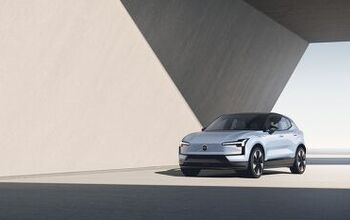
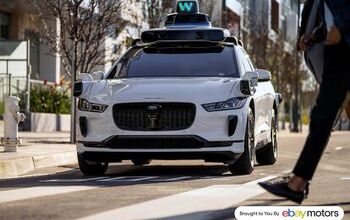
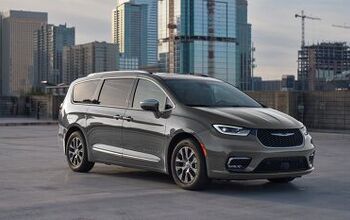
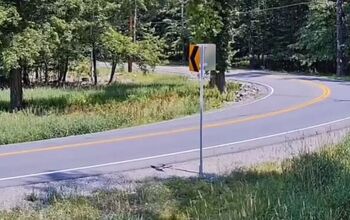
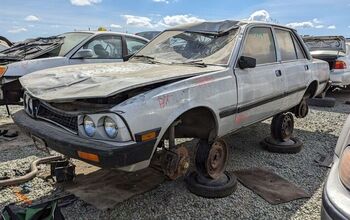
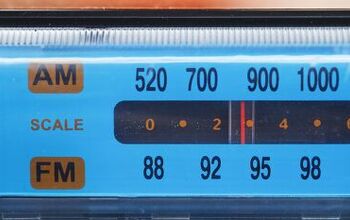
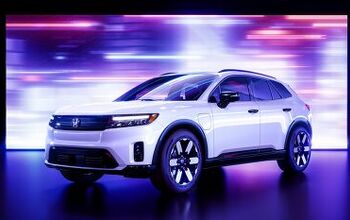
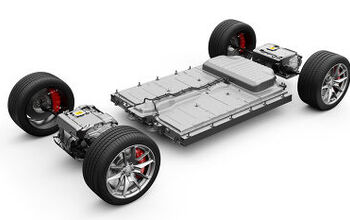
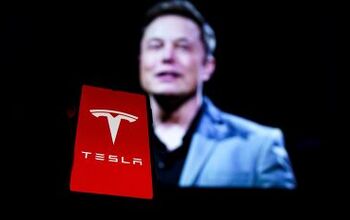
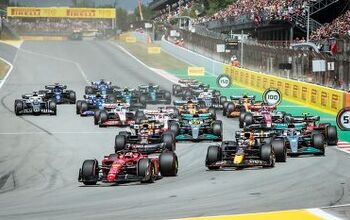
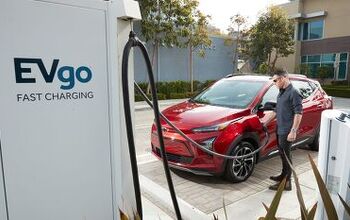

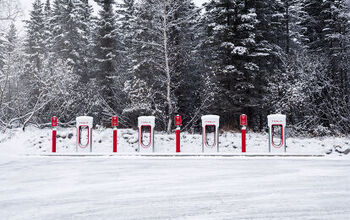
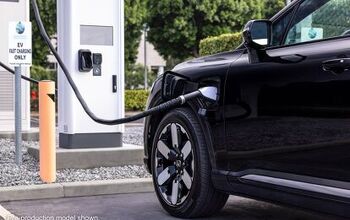

Comments
Join the conversation
I see your '69-'89 911 and call you with a 1970 to 1972 Datsun 240z. Same principles: bullet proof engines, transmissions, and differentials, easy(ier) to work on, light weight, etc. Ok, so I am biased (owning a 1972 240z), but I truly appreciate the message. My father owned a 1972 911 Targa while we lived in Germany. I can tell you that I never missed an opportunity to drive it when allowed. Steve@Rennsport said it best, "....once you get the hang of driving it." Yep, once you get familiar with the point at which the tail end wants to become the front end, you really enjoy the basic driving rawness of the car.
The last time I drove an air-cooled Porsche 911 in December of 1994 - internally code-named a 933 - it was more fun than the 1977 model I had driven, without a doubt. But still, the dash and instrument panel was highly reminiscent of both the 1965 and '66 Volkswagen Beetles I had, as was the sound of that air-cooled engine, when I kicked it to life. The best thing about the '95 Porsche 993 I drove was it was much less scarey to drive - yes, I know, guys aren't supposed to admit fear. But having seen Alan Johnson's wife - he was a four times SCCA winning driver and Porsche dealer in the 1970s - go through a turn at the track outside Holtville, CA; and hit the brakes too hard, with the result of having the tail come completely around and punt an oil barrel into the air, and onto the hood of someone's car in the pits (no person was hurt), I'll certainly admit to a healthy respect for the oversteer possibilities of a vintage 911. Porsche began to lose my interest, not only when their Public Relations department became much too difficult to work with - getting cars was akin to gleaning the proverbial hen's teeth - but also when they wanted to be "a luxury sports car" rather than just a sports car. When I first became interested in Porsche, while in high school (circa 1964 through 1968, the Jesuits ran four year schools), Porsches competed with Lotus and MG. By the end of the 1980s, they were running full tilt against the Lamborghini and Ferrari, having exceeded the tired joke that Maserati had become. The Boxster's appearance in the late 1990s, was a welcome ray of sunshine. Thanks Stephan, for the memories.